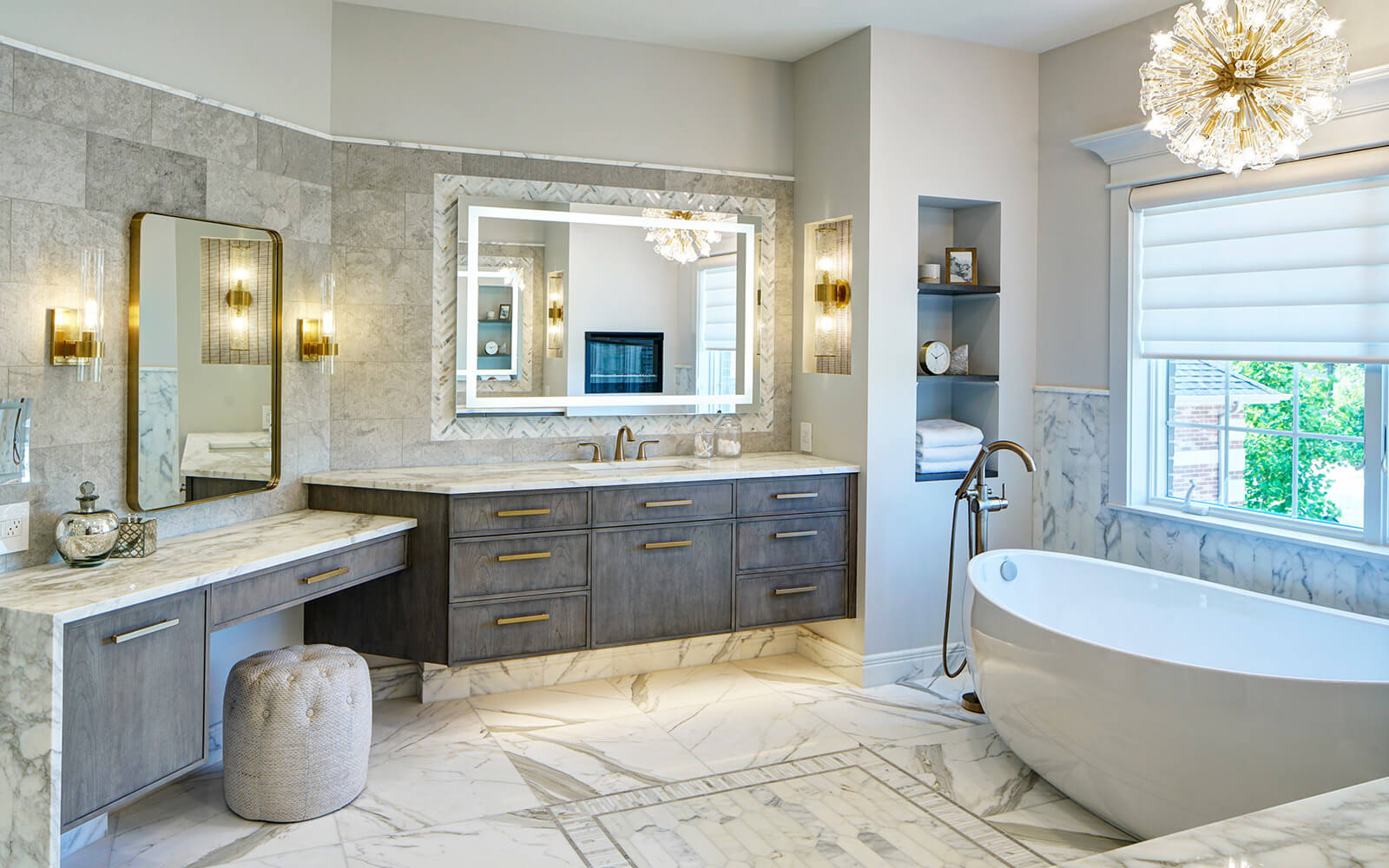Let’s talk newpro bathroom costs renovations, specifically focusing on a company you might have come across: NewPro. They’re known for their focus on bath and shower replacements, often advertising quick turnaround times. But the big question, the one that’s probably at the forefront of your mind, is: how much does a NewPro bathroom remodel actually cost? Well, there’s no single, simple answer. Bathroom renovations, even those focused on specific replacements, are influenced by a bunch of factors. So, let’s break down what contributes to NewPro’s pricing and what you should consider before getting a quote.
The Scope of the Project: More Than Just a Swap
When you think “bathroom remodel,” you might picture a complete gut renovation. NewPro often specializes in more targeted projects, like replacing a bathtub with a shower or installing a new shower liner. These projects tend to be quicker and less disruptive than full-scale remodels, which can affect the cost. However, even within these focused renovations, the scope can vary. Are you just swapping out the tub, or are you also updating the surrounding tile and fixtures? Are you changing the plumbing configuration? These decisions will all play a role in determining the final price.
Product Choices: Materials Matter
NewPro typically offers a range of products, including acrylic bathtubs, showers, and liners. The materials used in these products can significantly impact the cost. Acrylic, for example, is often more affordable than natural stone. However, different grades of acrylic exist, and higher-quality acrylics might come with a higher price tag. Similarly, the type of shower door you choose (e.g., sliding, hinged, frameless) can affect the overall cost. Don’t hesitate to ask NewPro about the specific materials they use and the price differences between them.
Size and Configuration: Space Considerations
The size and configuration of your bathroom also play a role in the cost of a NewPro remodel. A larger bathroom will naturally require more materials and labor, which will translate to a higher price. The layout of your bathroom can also be a factor. If you’re changing the plumbing configuration, for example, to move the shower or toilet, this will add to the cost of the project.
Labor Costs: The Human Element
Labor is a significant component of any bathroom renovation project. This includes the cost of demolition, installation, and any plumbing or electrical work required. NewPro often emphasizes its quick installation times, which might lead you to believe that labor costs are lower. However, even with a one-day installation, skilled labor is still required, and that cost will be factored into the overall price.
Permits and Inspections: The Legal Side
Depending on your location and the scope of your project, you might need permits and inspections. These are required to ensure that the work is done safely and up to code. Permit fees can vary depending on your local regulations. While NewPro might handle the permitting process for you, the cost of the permits will likely be passed on to you.
Add-ons and Extras: Customization Costs
Like any home improvement project, there are often opportunities for add-ons and extras. Do you want to add grab bars for safety? Are you interested in upgrading the showerhead or adding a built-in seat? These customizations can enhance your bathroom but will also increase the cost of the project.
Regional Variations: Location, Location, Location
The cost of a NewPro bathroom remodel can also vary depending on your location. Labor costs and material prices can differ from region to region. If you live in a high-cost-of-living area, you can expect to pay more for your bathroom renovation than someone living in a lower-cost area.
Financing Options: Making it Manageable
NewPro, like many home improvement companies, often offers financing options. These can make the project more affordable in the short term by allowing you to pay for it over time. However, it’s crucial to understand the terms and conditions of any financing agreement before you sign anything. Pay close attention to interest rates, repayment schedules, and any potential fees.
Getting a Quote: The First Step
The best way to determine the cost of a NewPro bathroom costs remodel is to get a quote directly from the company. They will typically send a representative to your home to assess your bathroom and discuss your needs. Be prepared to answer questions about your desired products, your budget, and your timeline. Make sure you get a detailed, written estimate that outlines all the costs involved. Don’t hesitate to ask questions and clarify any points you’re unsure about.
Comparing Quotes: Shopping Around
It’s always a good idea to get quotes from multiple bathroom remodeling companies before making a decision. This will allow you to compare prices and services and ensure you’re getting a fair deal. Don’t just focus on the bottom line. Consider the quality

-min.jpg)





